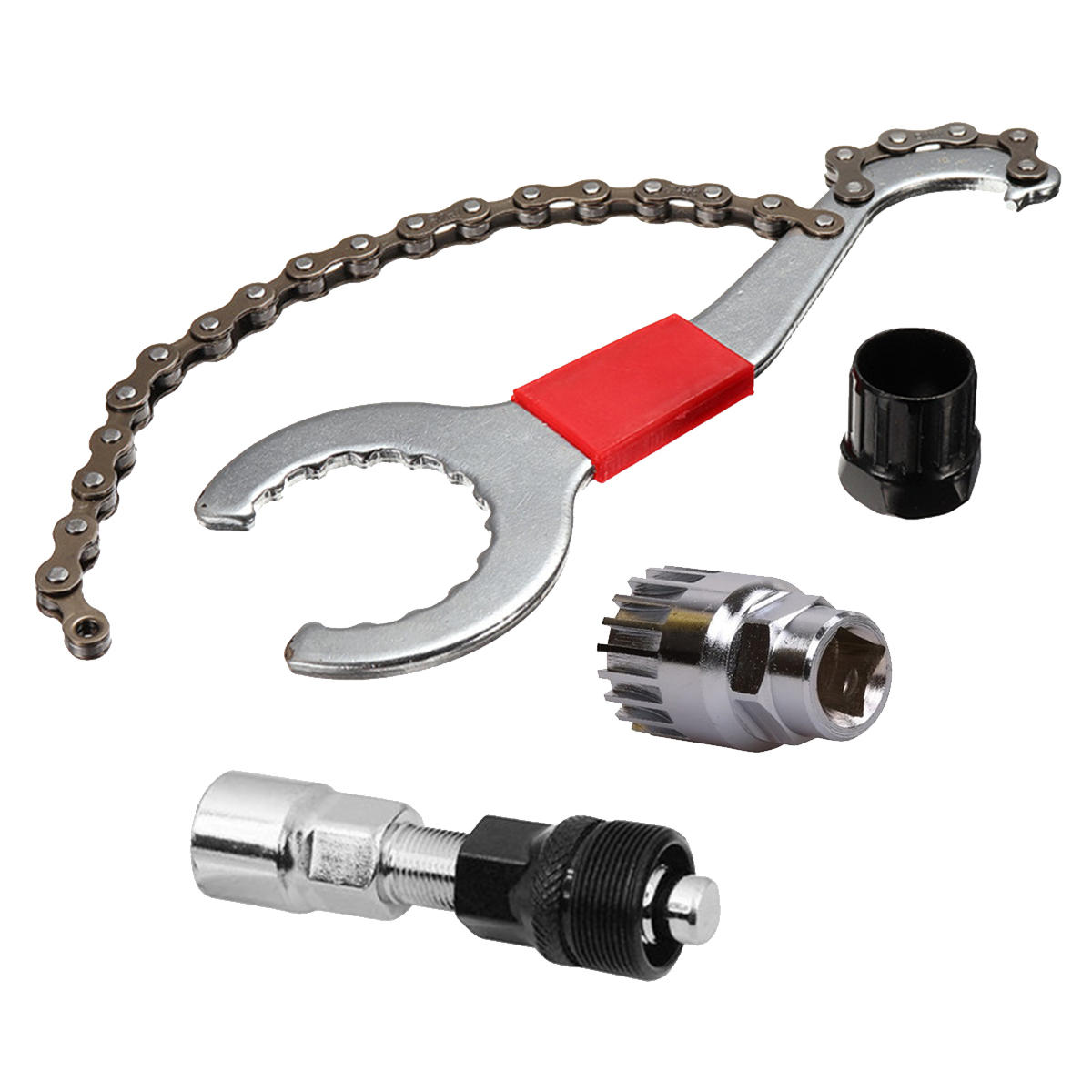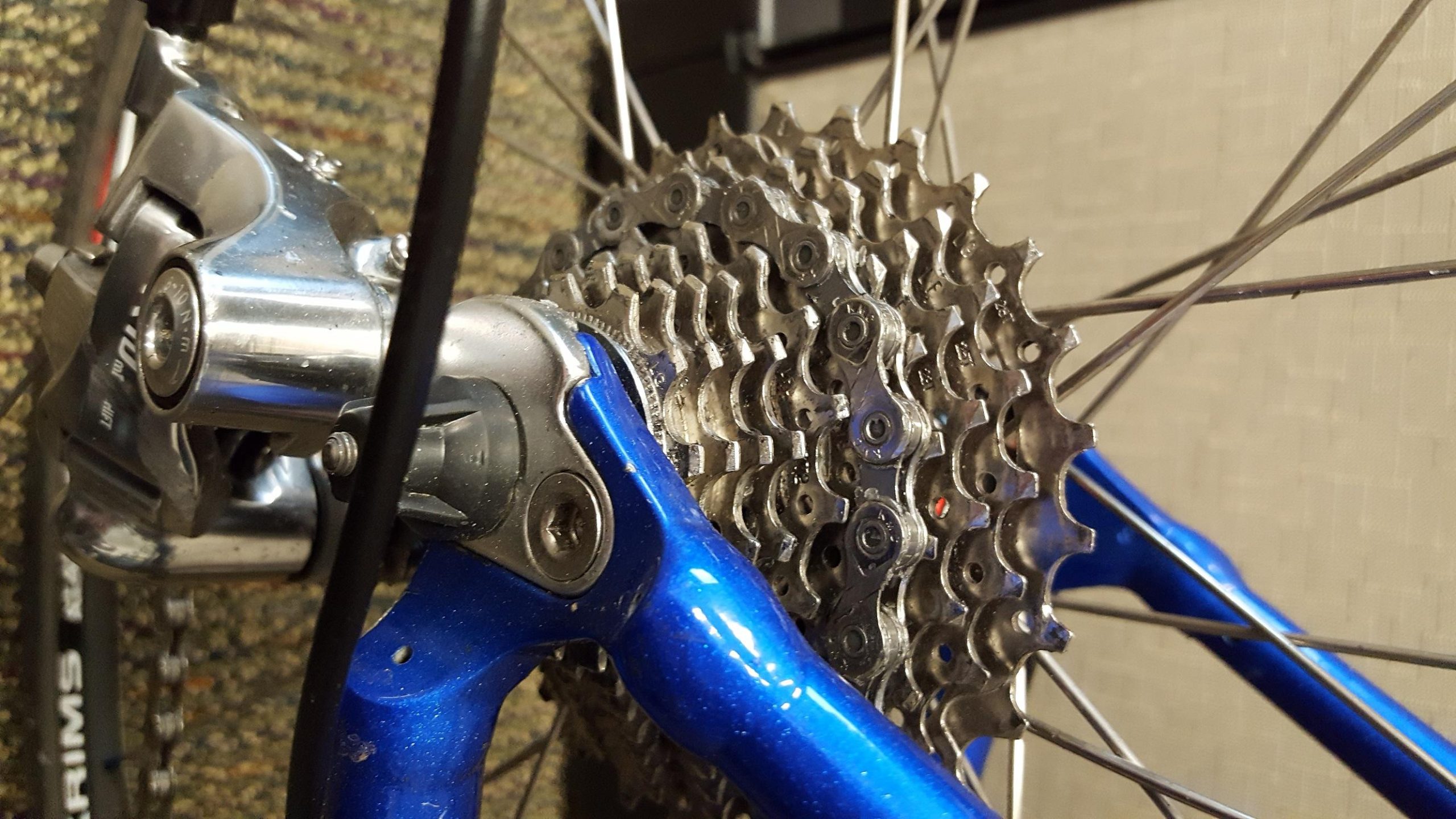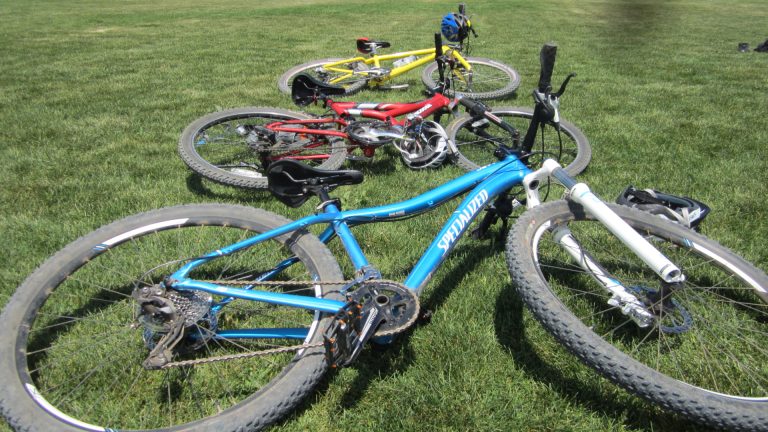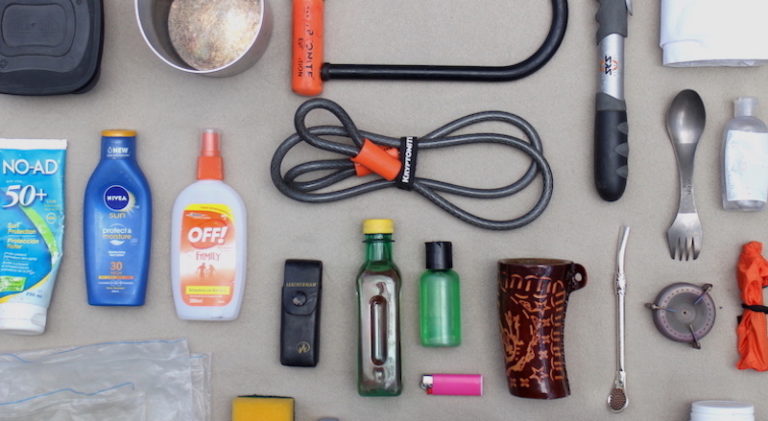Comprehensive Guide to Bike Chain Maintenance for endurance cycling
Introduction
Endurance cycling is not just about stamina and strength; it’s about having the right equipment in perfect working order. One integral part of your bike that often goes unnoticed is the bike chain. Maintaining it is crucial for efficiency and longevity on long rides. Proper bike chain maintenance for endurance directly impacts cycling performance metrics, enabling smoother rides and reducing the risk of unexpected failures. In this guide, we will delve into essential tips and techniques for maintaining your bike chain, from bike chain lubrication to chain replacement intervals, all aimed at enhancing your cycling experience. Here’s why it’s vital for both novice and seasoned bikers alike.
Understanding Bike Chain Maintenance for Endurance
Bike Chain Lubrication
Lubrication is the lifeblood of your bike chain, ensuring it runs smoothly and efficiently. Regular bike chain lubrication reduces friction, prevents rust, and prolongs the life of the chain. But how often should you lubricate your chain? This typically depends on your riding conditions. If you’re cycling in wet or muddy environments, more frequent lubrication might be necessary.
Endurance Cycling Maintenance Checklist
When preparing for an endurance ride, having a maintenance checklist can be a lifesaver. Start by inspecting your chain for wear. A tool like a chain wear indicator can show whether your chain needs replacing. Check for rust prevention by wiping down your chain and applying a suitable lubricant.
Chain Wear Inspection
Chain wear inspection is an essential routine for endurance cyclists. A worn-out chain can lead to slips and inefficiencies, directly affecting your cycling cadence and performance metrics. Use a chain checker tool to measure the wear and determine if it’s time for a replacement.
Main Techniques for Bike Chain Maintenance
Bike Chain Cleaning
Clean chains are efficient chains. Dirt and debris can build up, inhibiting chain performance. Utilizing a bike chain degreaser can effectively remove grime without harming the chain. After cleaning, ensure the chain is thoroughly dried and lubricated.
Chain Tension Adjustment
Chain tension adjustment is vital for preventing slippage and loss of power. A slack chain can make rides inefficient and even dangerous. Learn how to adjust chain slack to maintain optimal tension, ensuring your cycling performance remains top-notch.
Drivetrain Efficiency
Your bike’s drivetrain is a complex system where the chain plays a critical role. Regular maintenance, including lubrication frequency and chainring inspection, are crucial for sustaining drivetrain efficiency and ultimately enhancing cycling performance.
Chain Link Inspection
It’s important not to overlook chain link inspection when considering endurance cycling maintenance. A weak link can be the point of failure on long rides, so check for any signs of damage or wear that could compromise the chain.
Chain Replacement Intervals
Replacing your chain at appropriate intervals is crucial to avoid further damage to your bike’s components. On average, consider changing your chain every 2,000 to 3,000 miles, but adjust based on your riding intensity and environmental conditions.
Advanced Maintenance Techniques
power-based training
Using power meters to track your cycling performance can help identify when your bike chain might be affecting power transfer. By keeping your chain in top shape, you’ll ensure that all your training efforts reflect in your performances.
mental resilience for Maintenance
Endurance cycling isn’t just about physical preparation. Being mentally equipped with the knowledge of maintenance schedules can prevent last-minute stress before a big ride, allowing you to focus entirely on the challenge ahead.
interval training and Chain Care
Interval training frequently involves intense speed changes, necessitating efficient chain function. Make sure your bike chain is prepared for these bursts of speed by maintaining appropriate lubrication and tension.
Data, Metrics, and Studies
Studies consistently show that a well-maintained bike chain can enhance ride smoothness and power transfer, directly impacting VO2 Max improvements for cyclists. Using power meters, cyclists have tracked improved performance metrics when shifting from a neglected to a well-maintained drivetrain.

User Intent and Benefits
Whether you’re a beginner asking how to improve endurance or an experienced cyclist seeking optimization, understanding the benefits of bike chain maintenance for endurance is crucial. Proper care leads to smoother rides, fewer mechanical issues, and ultimately, better cycling performance.
SEO and Readability
Maintaining the keyword ‘bike chain maintenance for endurance’ throughout this discussion emphasizes its importance. Keeping a density of 1-1.5% ensures readers absorb the information seamlessly, appealing to both beginners and seasoned cyclists.
Visual Content Suggestions
Consider including an infographic showing the benefits of regular bike chain maintenance or diagrams illustrating how to correctly apply lubrication and inspect chain wear. These visuals can be placed where users typically need visual guidance, such as in the bike chain cleaning or maintenance schedule sections.
Conclusion
Consistently practicing bike chain maintenance for endurance cycling is key to delivering optimal performance and enjoyable rides. Through regular lubrication, cleaning, and inspection, you will ensure that your bike operates smoothly on every ride. Embrace these practices and experience improvement in both your cycling skills and bike longevity. Keep pushing yourself, and don’t forget to share your own maintenance tips in the comments below!
FAQs
1. How often should I lubricate my bike chain?
It depends on the riding conditions. For dry conditions, lubricate every 100-150 miles. In wet conditions, consider after every ride.
2. How do I know when my bike chain needs replacing?
Use a chain wear indicator tool to check the chain. If the tool fits easily into the links, it’s time to replace the chain.
3. What tools do I need for basic bike chain maintenance?
Basic tools include a chain cleaner, lubricant, a rag, a chain checker, and a bike chain degreaser.
4. Can a dirty chain affect cycling performance?
Absolutely! A dirty chain can cause increased friction, reducing efficiency and potentially wearing out other components.
5. What is the best type of lubricant for bike chains?
A quality bike-specific lubricant is recommended. Opt for a lubricant that suits your typical riding conditions — dry for dry climates, wet for wet climates.
By implementing these maintenance practices, you’ll enjoy enhanced ride smoothness and cycling performance, allowing you to conquer new mileage milestones effortlessly.







